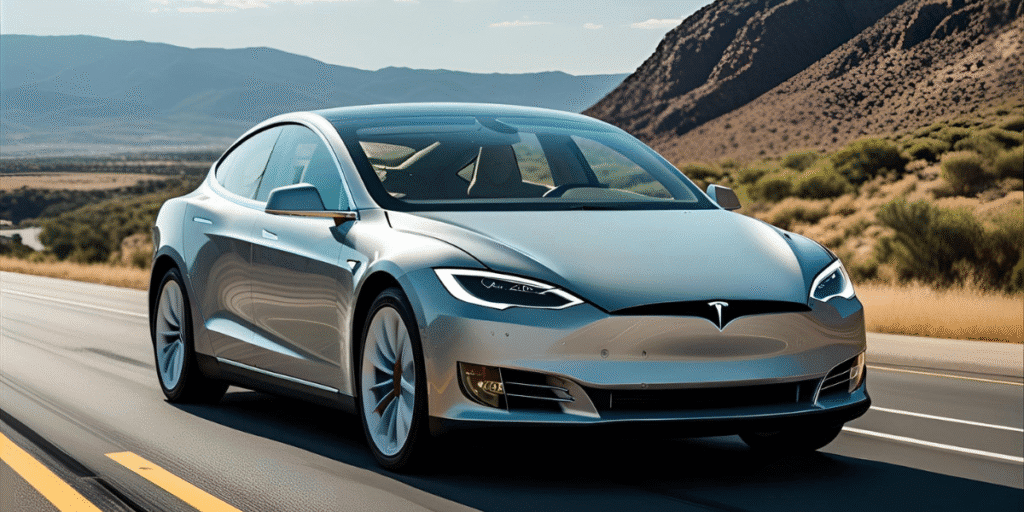Tesla has set a historic timeline for the full implementation of its Full Self-Driving (FSD) software, announcing that by the end of 2025, its vehicles will operate autonomously across the United States. This ambitious milestone brings the carmaker closer to realizing its vision of a future where cars can navigate city streets, highways, and complex road situations entirely without human intervention.
A New Era in Autonomous Transportation
Tesla’s CEO, Elon Musk, celebrated the announcement, emphasizing that this achievement will not only change the future of Tesla but will also be a game-changer for the entire automotive industry. By integrating Tesla’s advanced artificial intelligence with data from the car’s sensors, cameras, and radar systems, the FSD software will make real-time decisions to navigate roads with minimal human oversight.
The upcoming launch marks a significant step toward making autonomous vehicles a standard feature in personal transportation. While the technology promises to drastically improve road safety and traffic efficiency, it also introduces fresh challenges. Chief among these are questions related to its safety, regulatory oversight, and the ethical implications of fully autonomous driving.
How Full Self-Driving Works
Tesla’s FSD system uses a combination of deep learning, computer vision, and real-time data processing to make decisions while driving. The vehicle’s suite of cameras and sensors work in tandem to detect obstacles, pedestrians, and other vehicles, allowing it to navigate complex road environments.
By leveraging the power of AI, Tesla cars can learn from each interaction and improve their decision-making abilities over time. This ability to “learn” and adjust to real-world conditions is what differentiates Tesla’s FSD from simpler, more basic autopilot systems currently found in some vehicles.
Benefits and Concerns: A Balancing Act
The potential benefits of full autonomy are significant. According to industry analysts, Tesla’s FSD system could revolutionize the way people think about transportation. By removing human error, which is responsible for the majority of road accidents, Tesla’s system could substantially reduce crashes and fatalities. Additionally, FSD could lead to more efficient traffic flow, reducing congestion and improving fuel efficiency across cities.
However, the technology’s rollout is not without its critics. Regulatory bodies have expressed concerns regarding the readiness of such advanced systems for mass deployment, citing safety tests and the system’s ability to handle unexpected, high-risk scenarios. While the software is expected to improve over time, there are also questions about the ethical decisions a vehicle might have to make in situations where human lives are at stake.
As FSD technology advances, both the automotive and tech industries will likely face increased scrutiny from lawmakers and regulators seeking to ensure its safe implementation on public roads.
What the Future Holds
Tesla’s ambitious plan to deploy Full Self-Driving in the U.S. by 2025 will set a new industry standard and could spark a wave of innovation in the autonomous vehicle market. This technology will influence not only personal vehicle ownership but also the future of ride-sharing services and logistics, where autonomous fleets could offer substantial cost reductions and efficiency gains.
The transition to fully autonomous vehicles will undoubtedly be a gradual process, with regulatory hurdles and ongoing developments in the AI algorithms required for safe operation. However, with Tesla’s continued leadership in electric vehicle technology and its bold push toward autonomy, the future of transportation is on the brink of a major transformation.
